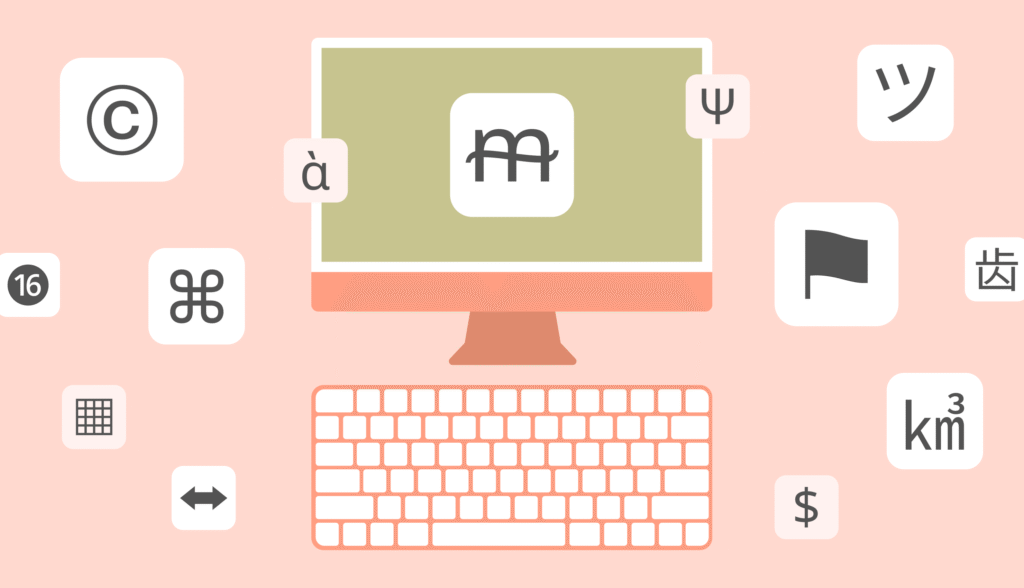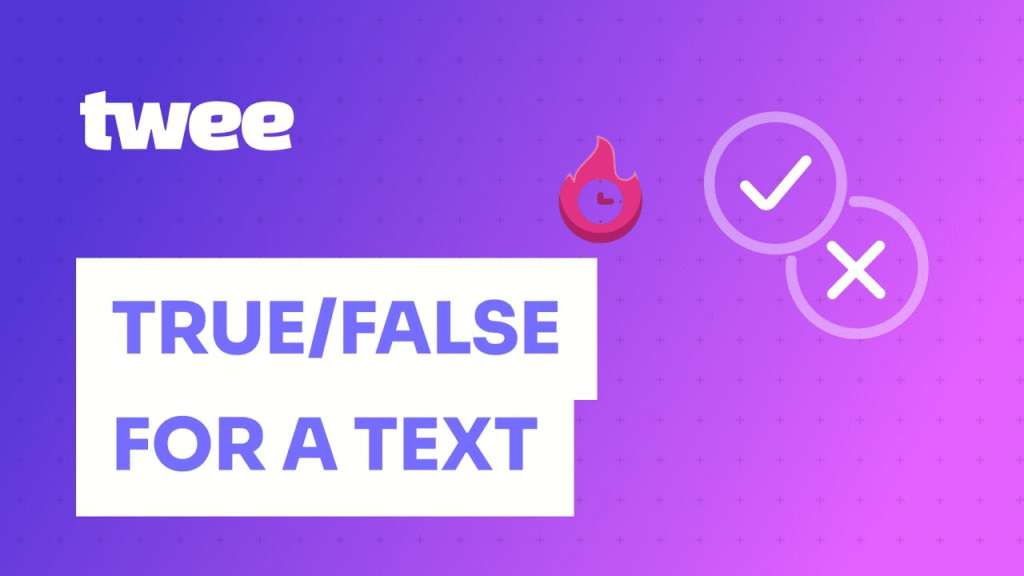Have you ever wondered how AI knows what a smiley face means 😊 or how it decides if something is true or false? Behind the scenes, computers use something called Unicode, and in AI, “True” and “False” are more than just words — they’re how machines make decisions. In this guide, we’ll break down AI Unicode True False in simple language, so even a 10-year-old can understand it. Get ready to learn how this combination shapes the way AI reads, writes, and thinks!
What Is AI Unicode True False?
The phrase AI Unicode True False may sound technical, but it’s a combination of two important parts of how machines work: Unicode and the True/False logic used in artificial intelligence (AI).
Let’s break it down:
- AI (Artificial Intelligence) is a type of computer technology that tries to think like humans. It makes choices, answers questions, and even writes stories.
- Unicode is a system used by computers to understand text and symbols from every language, emoji, and even some math symbols.
- True/False is a simple way computers decide what to do — like answering yes or no, on or off, working or not.
When you put all of this together, AI Unicode True False is about how smart machines use a common language system (Unicode) and basic decisions (true or false) to work properly.
What Does Unicode Do in Computers?
Unicode is like a universal dictionary for computers. It gives every character — like letters, numbers, emojis, or symbols — a unique number. That way, no matter what language you’re using, your computer knows what you mean.
Let’s say you type “A” on your keyboard. The computer doesn’t see the letter A; it sees the Unicode value U+0041. Every language, from English to Japanese, has characters with Unicode values. Even emojis like 😊 or ❤️ have their own Unicode numbers.
Why it matters: Without Unicode, computers in different countries wouldn’t be able to understand each other. Your favorite emoji might show up as a weird box or question mark if Unicode didn’t exist.
How AI Understands True and False
AI works a lot like humans — it needs to make decisions. But computers can’t guess. Instead, they rely on clear choices: something is either true or false.

Think of it like a light switch: it’s either on (true) or off (false). AI uses these kinds of decisions in every part of its programming. From deciding if a message is spam to checking if someone’s voice is happy or sad, True/False logic is everywhere in AI.
Let’s break this down further:
What Is True and False in Code?
In computer programming, true and false are called Boolean values. They help computers answer simple yes/no questions. Here’s an example:
python
CopyEdit
is_light_on = True
This code tells the AI that the light is on. If it said False, that would mean the light is off.
AI uses this same logic when analyzing text, images, sounds, and more. It might decide:
- Is this image a cat? True or False?
- Is the user speaking English? True or False?
- Is this a sad face emoji? True or False?
Why AI Needs These Decisions
AI needs clear rules to function. Just like you can’t play a game without knowing the rules, AI can’t “think” without knowing what’s true and what’s false.
These true/false decisions help AI:
- Understand user input.
- Choose the best response.
- Avoid mistakes.
- Save time by quickly sorting data.
Imagine AI trying to translate a message. It checks: Is this word in English? True. Is it a greeting? True. Then it replies with “Hello!”
Example: Is the Light On?
Let’s say we have a smart AI light system.
It checks:
- Is someone in the room? True
- Is it nighttime? True
- Is the light already on? False
Because both conditions are true, and the light is off, AI turns the light on. This is a real-world use of true/false logic with AI making decisions based on data.
How AI Uses Unicode in Real Life
Unicode is everywhere in AI systems, especially when dealing with languages, emojis, and symbols. Since AI often reads and writes human languages, it needs a way to understand letters and characters. That’s where Unicode comes in.
For example:
- A chatbot uses Unicode to read your message in Spanish or Arabic.
- A translator AI uses Unicode to figure out what characters you typed.
- An emoji detector uses Unicode values to understand 😊 or 😂.
AI systems don’t see text like humans do. They see numbers — and Unicode turns every word and symbol into a number that AI can understand. That’s why Unicode is essential for modern AI communication.
Why True/False Matters in AI Coding
Coding AI without true/false logic is like building a house without nails. These values are the basic building blocks of AI decisions.
Every action AI takes is based on conditions — and those conditions need to be either true or false.
Let’s take an example:
python
CopyEdit
if user_input == “yes”:
start_program = True
else:
start_program = False
This code helps AI decide what to do based on what the user typed. If they typed “yes,” the AI knows to start. If not, it doesn’t.
In AI systems, you’ll find thousands of these checks — for understanding language, detecting spam, recognizing emotions, and more.
Unicode Examples in AI Systems
Now let’s look at how Unicode works in real AI applications. From reading emojis to handling different languages, Unicode plays a huge role.

Emoji Detection in AI
Emojis are more than fun images — they carry emotions and meanings. AI systems need to recognize emojis to understand mood, tone, or even the intent of a message.
Here’s how it works:
- User sends a message: “I’m happy 😊”
- AI sees the emoji’s Unicode: U+1F60A
- AI checks: Is this a happy emoji? True
- Then it replies in a cheerful tone
Without Unicode, the AI wouldn’t know what that smiley face means. It would be lost!
Multilingual Chatbots
Have you ever talked to a chatbot that understands many languages? That’s because Unicode supports over 150 writing systems — from English to Korean to Arabic.
AI chatbots use Unicode to:
- Detect the language based on the characters
- Translate messages
- Respond correctly in that language
Unicode helps the AI understand every letter and symbol, no matter where it’s from.
What Happens If Unicode Is Missing?
Without Unicode, everything falls apart. Characters turn into weird symbols or boxes. AI can’t understand or process data correctly.
Here’s what could go wrong:
- Chatbots can’t respond to non-English users
- Emojis turn into question marks
- AI misinterprets text
- Translation tools fail
Unicode is like the alphabet for AI. Without it, the system simply can’t read or write.
Tips for Using AI Unicode Correctly
If you’re building or working with AI systems, it’s important to use Unicode properly. Here are some helpful tips:
- Always store and process data in UTF-8 format — it supports all Unicode characters.
- Check your data input — make sure the user input is being read correctly.
- Use libraries that support Unicode — like Python’s unicodedata or JavaScript’s built-in Unicode handling.
- Handle emojis and symbols carefully — don’t assume they are just images. Treat them like text with meaning.
Using Unicode the right way ensures your AI system is smart, fast, and accurate — no matter the language or symbol.
The Bottom Line
So, what did we learn?
AI Unicode True False may sound complex, but it’s really about how smart machines use a universal text system (Unicode) and simple yes/no decisions (True/False) to understand and respond to us.
Every emoji you send, every word you type, and every decision AI makes is built on this foundation.
Here’s the big idea:
- Unicode tells AI what the input means.
- True/False tells AI what to do with it.
Whether you’re building a chatbot, analyzing language, or designing an emoji detector, these tools help AI communicate like a human — in every language, with every symbol, and through clear, logical decisions.



